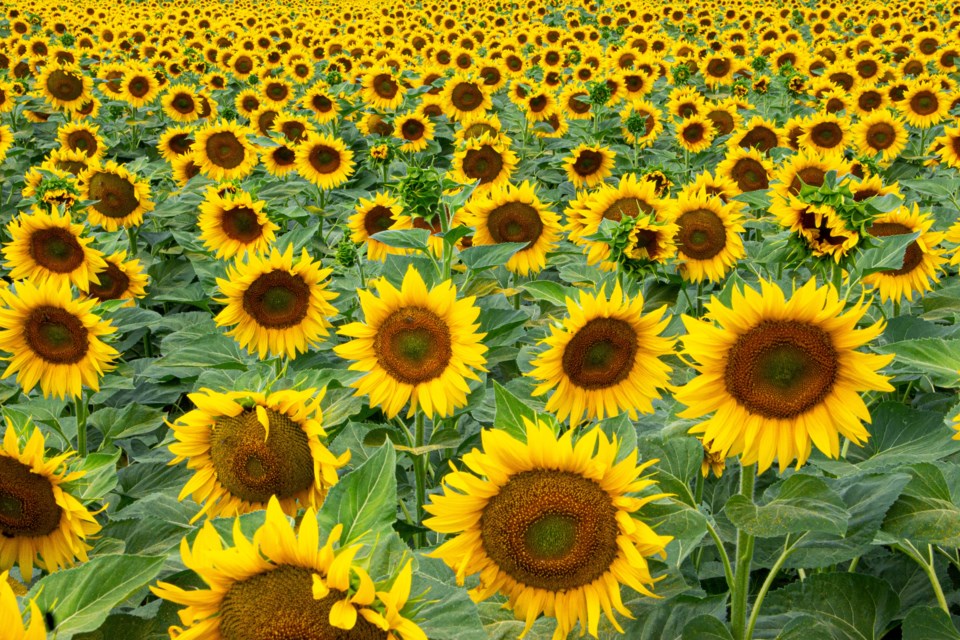As we continue with this series the aesthetics get more complicated and harder to define.
With many of them, there is a distinction between the movement and the aesthetic. They run parallel to each other but some have their own set of values and politics.
In the case of 'Art Hoe,' acknowledging that separation is crucial because the movement was established by people of colour to create space for marginalized voices to express themselves.
The movement began on Tumblr in early 2015 when a group adopted the term coined by rapper BB (formerly known as Babeo Baggins) to identify the community of artists they were cultivating online. It started out as simply illustrating overtop of selfies to make them more visually interesting but expanded into a full-blown art movement supported by Willow Smith and Amandla Stenberg. There is also an Instagram account called the Art Hoe Collective that features BIPOC artists and offers micro-grants to help support their work.
The aesthetic is largely divorced from its context and has been co-opted by the white community. As the movement gained popularity online it caught the attention of non-BIPOC people who adopted the patterns and styles that were represented in a lot of the artwork. They posted photos of themselves in these looks until the Art Hoe (also spelled Art Ho) tag was as much about the look as it was the art.
What is the look?
Van Gough sunflower socks, a Fjallraven Kånken backpack, baggy jeans (preferably with paint splatters), and a brightly coloured striped shirt makes up the basics of the Art Hoe aesthetic as it was codified.
Both the aesthetic and the movement share a love of art, painting and a connection to nature, especially flowers and plants. But the aesthetic is the operational and material manifestation of those interests. The colour palette is bright with an emphasis on yellow. Stripes, graphic details, and art T-shirts from famous museums are popular and there's the casual use of denim and dock martins to round out the look.
The style resembles that of hipsters or indie but it's less vintage-inspired and more clothing suitable for an art studio. What would you wear if you wanted to look cute and fit in at a painting class? That is a major simplification but it sets you down the right path.
Why it's OK to like the aesthetic but not remove BIPOC people from the conversation
Interest in the aesthetic has waned over the years while others have risen to prominence.
Social media allows young people to try on different personas and play around with self-expression which is good on an individual level but can have repercussions on a cultural level.
The origins and touchstones of a movement can get lost as aesthetics evolve. For instance, on TikTok, fashion influencers who give cheat sheets on different aesthetics have started calling this look "Artsy" or "Artstic" as if the internet is a great big game of telephone and the original messaging has gotten lost in translation.
Art Hoe was created first and foremost by BIPOC people so that they could see themselves represented. Celebrating art and enjoying an aesthetic that forefronts art as a personality trait is not a bad thing but taking it over and excluding the people who started it, is.
Often Black creators and BIPOC artists are the culture-makers, the taste-makers, and when something they created gets enough traction or attention, they become minorities in their own movements.
When experimenting with an aesthetic or a look it's important to research where it came from and why it rose to prominence.
You may learn something that changes your mind about it or adjusts how you comport yourself in those community spaces. And if you're trying to make a statement about your identity, express yourself, wouldn't you want to know all this?


.png;w=120;h=80;mode=crop)


